Conceptual Rendering from Port of New Orleans [PONO]for a proposed deep water port, terminal, and container yard in Violet, Louisiana. When compared to the land included in its Army COEs permit application (below), the Conceptual Rendering does not include all one thousand one hundred acres of forested land and forested wetlands. PONO tenants and associated businesses purported to be located on the surrounding land are touted to become such a large economic catalyst for St Bernard Parish that all its benefits will outweigh the negative effects. Residents have been saying NO TO PONO since the 2018 community meetings when the PONO site selection was the former Sinclair Tract in Meraux. Instead, PONO purchased large tracts of forested land and forested wetlands in Violet, Louisiana.
The people of St Bernard Parish should decide not an appointed port authority.
Residents want a vote on the land use decision and a vote on a renewal of the port property tax or restriction of the port property tax to the existing Arabi site; especially if residents are paying the port property tax to finance the destruction of their own community.
The Conceptual Rendering indicates the removal of the federally designated San Bernardo National Scenic Byway, the removal of the historical Will Smith Jr Elementary School, former site of the Consolidated Violet High School, the removal of Violet ballpark and playground, removal of land designated for future growth of residential, parks, recreation, and conservation uses, and the clearing of forested wetlands; the Conceptual Rendering does not appropriately indicate the proximity of this mega proposal to the existing suburban residential neighborhoods nor the communications from PONO regarding future buyouts. Homeowners who rebuilt after hurricanes Rita and Katrina are not interested in being displaced from home.
This proposal creates fence line neighborhoods around a mega port and an incursion of an incompatible land use with significant adverse and disparate affects on air quality, regional haze, climate change, natural and human habitats, public health, well being, and quality of life, community cohesion, culture, and historical landmarks.
This dark side of infrastructure projects is avoidable. Infrastructure and land use decisions are supposed to protect the human environment, and the destruction of Violet and the irreversible damage to St Bernard Parish and the surrounding wetlands is completely avoidable. More viable alternatives exist. In prior years, discussions were towards the Millennium Port , the Sea Point project at Venice in Plaquemines, and Port Fourchon in lower Lafourche. Two other more recent alternatives are the Plaquemines Port, Harbor, and Terminal District (PPHTD) and the Louisiana International Deep Water Gulf Transfer Terminal (LIGTT). Both developments are expected to “install new U.S. supply chain capabilities, build new businesses, create new jobs for our great state and generate economic impact throughout our country.” Both have more economically, ecologically, and environmentally advanced business models, would serve as “hubs” for increased trade throughout the interior of the United States, are less dependent on trucking and rail, and more easily adaptable to rising sea levels and changing vessel sizes. The PPHTD model uses designed vessels, mostly LNG powered, to ship cargo via inland waters to existing ports of call from New Orleans to the Midwest and even Canada. Neither alternative site tends to clog local roadways or the interstate the way the PONO proposal would.
Residents of St Bernard Parish, the Parish Council and the Parish Administration have overwhelming rejected the idea of our community becoming an industrial wasteland, reject transforming the community from a quiet residential area to a mega International Port. The emissions from the port and freight traffic will further place the air quality out of balance. With a 2 million TEUs capacity and three berths the PONO proposal invades our 2 mile narrow strip of land of a Parish with over 7,600 rail cars or trucks per day (in and out) per ship !!
One Council member said of the PONO proposal that it would be a great detriment because
And further explained the infrastructure required before this magnitude of a project could even be considered: "Florida Avenue" road and rail from Florida Avenue in New Orleans to the back of the proposed complex in Violet. The council member requested PONO evaluate the required infrastructure FIRST, to do the EIS on the infrastructure FIRST, explaining if this mega project were to occur "as is"
it would be an absolute tragedy
The Port of New Orleans has done everything in the opposite of what was requested.
The Port of New Orleans proposes to develop an international deep water port terminal and container yard capable of handling 2 million TEUs (twenty-foot equivalent units) annually. PONO's Napoleon Avenue facility in New Orleans is a 800,000 TEUs capacity.
S O S Save Our St Bernard association explains the port’s goal is to establish a container yard that will move over 23,000 TEUs (that’s 23,000 20-foot containers) from each vessel, which equates to 11,500 40-foot containers on a regular basis. It takes on average about three days to unload a 23,000 TEU ship. That works out to 3,833 forty-foot containers per day, which means over 7,600 rail cars or trucks per day (in and out) per ship. The proposal is for three berths! Most of the containers are expected to go by truck through St Bernard Parish, and either continue through the Lower 9th Ward community in Orleans Parish on North Claiborne to Almonaster Blvd, France Road and Florida Avenue corridors or to Interstate 510 North and continue through Interstate 10 East through Slidell; other containers will travel through both the St Bernard and Lower 9 communities via rail, within close proximity to houses and businesses. Imagine all the added vibrations to homes and small businesses, the traffic congestion, the blocked railroad crossings (Press Street and Center Street), the increased accidents, the chipped windshields, and the transportation emissions.
Pedestrians and bicyclists don't stand a chance to share the road with 2 million TEUs annual load.
And that's just the effects from the terminal and not the added industrial uses on the surrounding property and all the added commuter traffic for the non-domiciled workers. Although PONO projects the mega complex will result in 700 new jobs, most hires will be determined by the unions and are not expected to be for local residents.
Port of New Orleans recently appointed Commissioner Jensen spoke about how his business would benefit from such a port in Violet Louisiana in this BIZ New Orleans podcast and St Bernard Parish resident Showalter's BIZ New Orleans podcast explains why Louisiana should instead invest in the alternative sites.
Another Council member recently posted the information below as received from PONO
Residents do not have equal access to ALL the information BEFORE decisions are made.
The next step for the Port of New Orleans proposed Louisiana International Terminal in Violet, Louisiana will be the multi-year permitting process through the Army Corps of Engineers.
* Drainage and wetland planning are both a part of the two- to three-year permitting process ahead. Plans for both will be created during the design and environmental study process. Port NOLA prioritizes rebuilding wetlands locally. As much replacement wetland as possible will be located within St. Bernard Parish.
* The Port is seeking the following permits from the US Army Corps of Engineers to build the proposed terminal:
*
* Section 404 of the Clean Water Act – Wetlands is required since the project will be built where there are currently wetlands;
* Section 10 of the Rivers and Harbors Act – Navigable Waterways is required since the project will include project features in the Mississippi River; and
* Section 408 of the Rivers and Harbors Act – USACE Civil Works Projects is required since the project will overlap with the Mississippi River Levee.
* For a project of this size, The Port of New Orleans expect the U.S. Army Corps of Engineers to require an Environmental Impact Statement (EIS). An EIS is the highest amount of documentation required under the NEPA process. An EIS identifies the potential impacts of a project on the physical, cultural, human, and natural environments. It also identifies ways to minimize or avoid the negative impacts.
* Topics studied in the EIS may include, but are not limited to:
* Business, Jobs, and the Economy
* Communities, Neighborhoods, and Environmental Justice
* Historical and Cultural Resources
* Road, Rail, and Barge Traffic
* Noise
* Water and Air Quality
* Wetlands and Natural Habitats
* Wildlife
* The permit process began when the Port submitted its permit application to the U.S. Army Corps of Engineers (USACE) in 2021. Once the USACE deems the application complete, they will issue a public notice. Next, the USACE will accept comments from the public on the permit application, and decide if an EIS is the proper environmental review for the project. If the project requires an EIS, an independent third party contractor, as approved by the USACE, will be engaged to oversee the studies that must be completed before issuance of a permit may be considered. The USACE will control the ultimate selection of the contractor, as well as the content of and timeline for such studies. The third-party contractor’s first job will be to develop the schedule for the full environmental impact review process. After that, we will be able to gauge a more thorough timeline for completion of the EIS and opportunities for public input and engagement.
* Overall, the process of completing the EIS is expected to take two to three years. The Port of New Orleans can only begin construction if and when permits are received from the USACE. Additionally, all mitigation outlined in the permits must be followed.
SAY NO TO PONO
SAVE OUR ST BERNARD
In comparison to the PONO facility in the City of New Orleans which is reported to handle 800,000 TEUs compared to the 2 million TEUs proposed for Violet, and the PONO facility in the City of New Orleans does not extend from the river front into the residential area. Additionally, in Violet, the PONO proposal would cover the narrow linear parish from river to the Central Wetlands, literally dividing the parish in two.
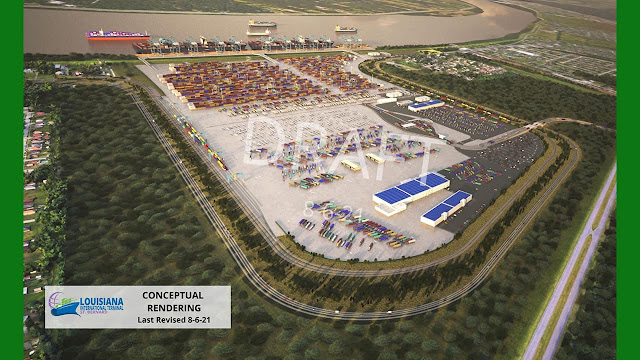







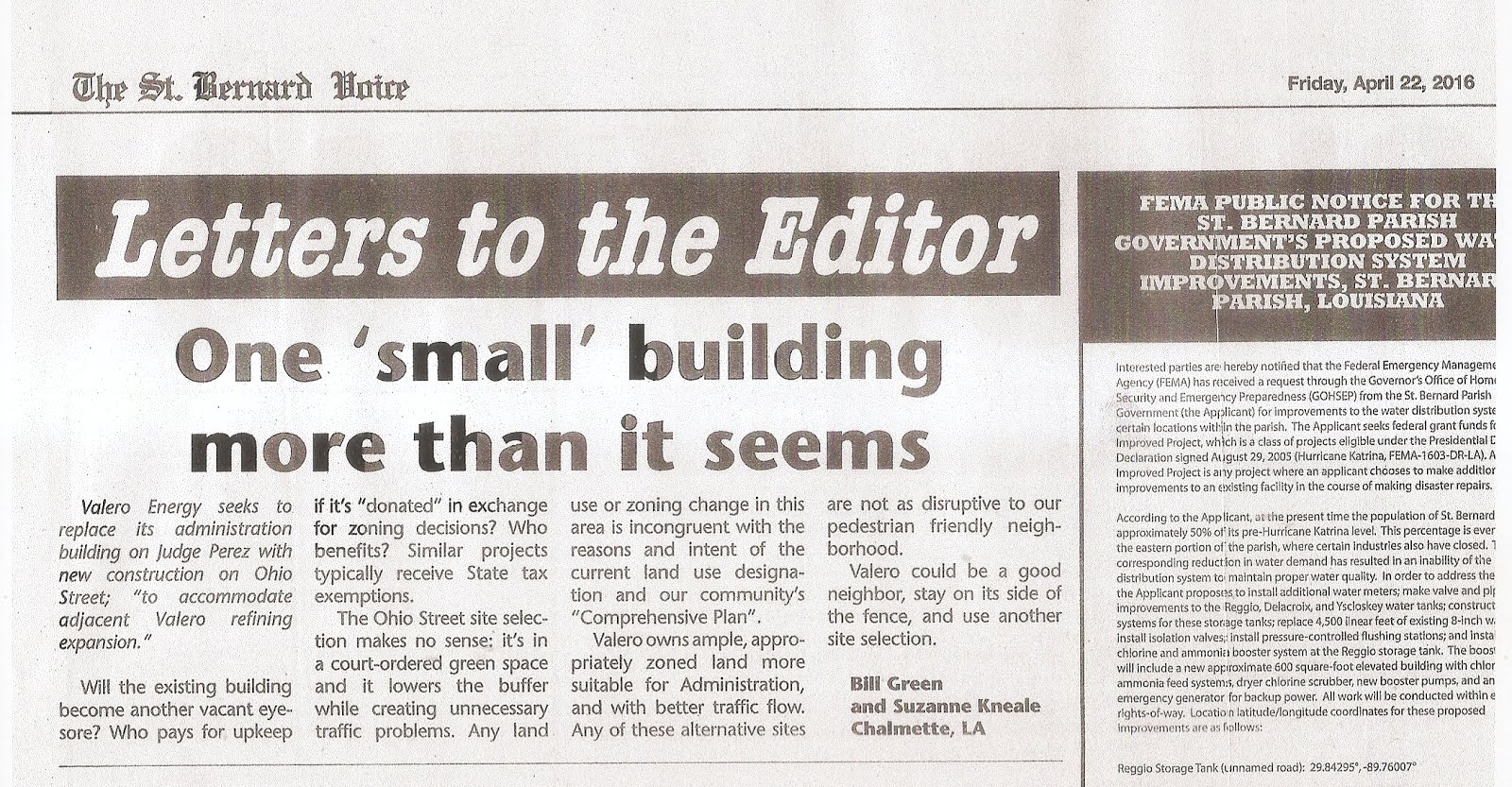



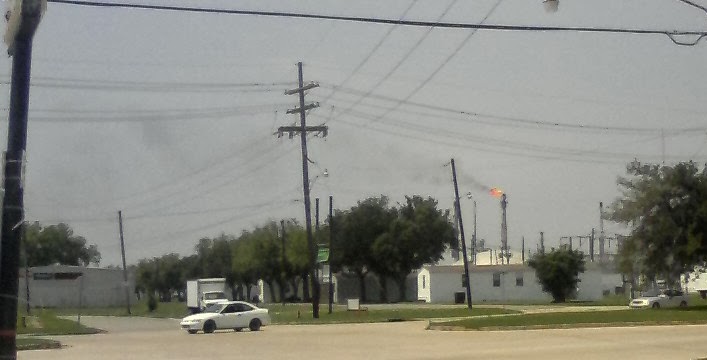
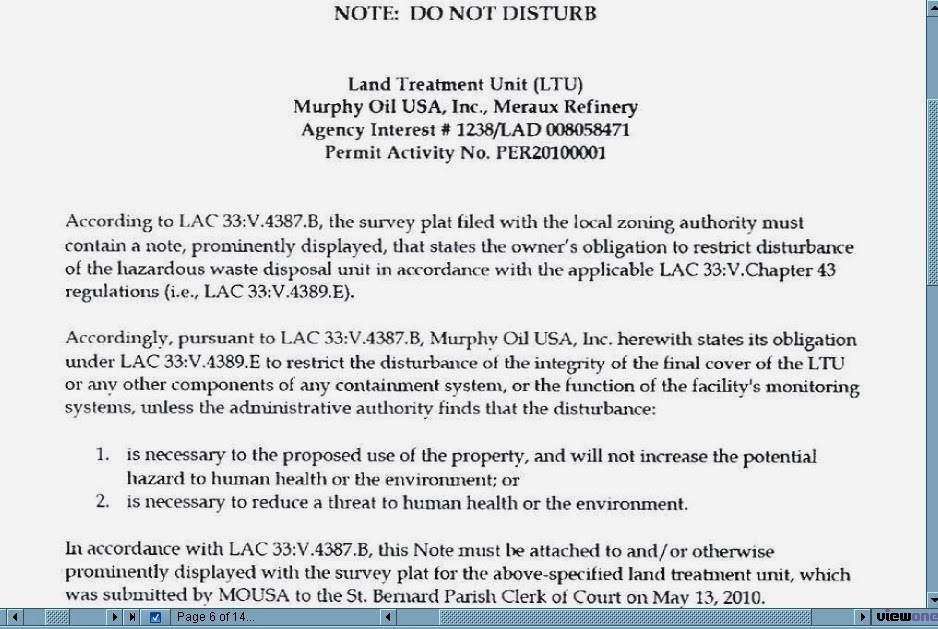

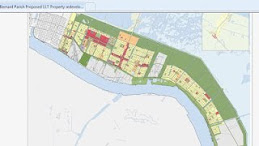




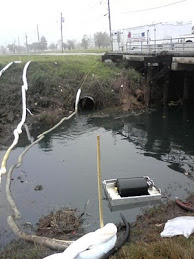






No comments:
Post a Comment